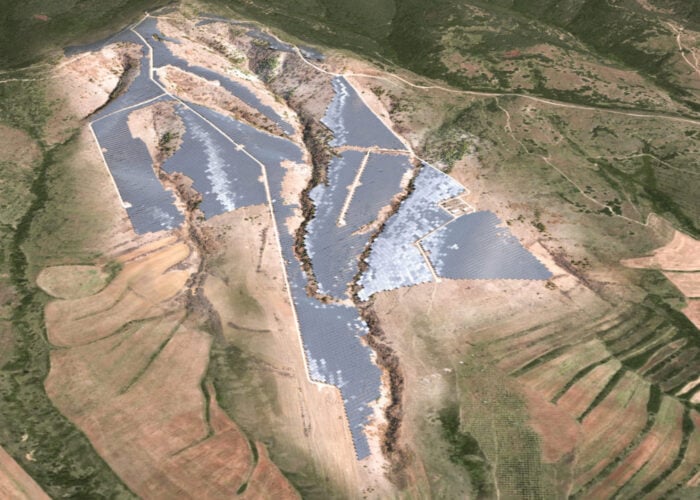Trina Solar has produced n-type and p-type monocrystalline and p-type multicrystalline solar cells with new record conversion efficiencies. Trina Solar expects the technologies used to become part of its future production roadmap.
The company noted that its N-type PERC (Passivated Emitter Rear Contact) designed monocrystalline solar cell, employing an Interdigitated Back Contact (IBC) structure using an industrially feasible production process achieved a record conversion efficiency of 22.9% on a 156×156 mm2 n-type Cz wafer.
Unlock unlimited access for 12 whole months of distinctive global analysis
Photovoltaics International is now included.
- Regular insight and analysis of the industry’s biggest developments
- In-depth interviews with the industry’s leading figures
- Unlimited digital access to the PV Tech Power journal catalogue
- Unlimited digital access to the Photovoltaics International journal catalogue
- Access to more than 1,000 technical papers
- Discounts on Solar Media’s portfolio of events, in-person and virtual
Trina Solar said that the cell was independently tested by Japan Electrical Safety & Environment Technology Laboratories (JET). The company had previously reported a lab-only IBC solar cell with a 24.4% conversion efficiency developed through Trina Solar's collaboration with the Australian National University's (ANU) Centre for Sustainable Energy Systems in March this year.
A p-type monocrystalline solar cell, which integrates advanced technologies including back surface passivation and local back surface field, reached an efficiency of 21.40% (156×156 mm2). The results were said to have been independently confirmed by Fraunhofer ISE CalLab in Germany.
Trina Solar also announced a champion PERC-based multicrystalline (156×156 mm2) p-type solar cell that achieved a conversion efficiency of 20.53%. The results were said to have been independently verified by the National Center of Supervision and Inspection on Solar Photovoltaic Product Quality (CPVT) in Wuxi, China.
“We are very pleased to announce these new efficiency results achieved by Trina Solar's researchers at the State Key Laboratory of PV Science and Technology,” said Dr. Pierre Verlinden, vice president and chief scientist of Trina Solar. “Though these technologies are not currently in production, they will be part of our future commercialised Honey Plus and IBC products. Our aim is to continuously integrate technological developments into our PV products, which are currently commercialised or would be in the future, to further drive down the product cost, strengthen our competitive advantages and provide affordable solar power to the world.”
Trina Solar noted that all three independently verified cell efficiency records were believed to be the highest so far reported on industrially feasible production processes using the standard (156mm x 156mm) wafer size.







